2.4 Jupiter's Geomagnetism
-Jupiter's geomagnetic effects cannot be explained by considering the magnetic field lines first.-
2.4.1 Characteristics of charged particles of Jupiter
Jupiter rotates counterclockwise wise like the Earth, but Jupiter's geomagnetism
is opposite to the Earth's geomagnetic field. Furthermore, as shown in
Fig. 2.4.1, auroras sometimes appear only at the north pole area of Jupiter.
Considering magnetic field lines, the magnetic field lines do not differ
between north pole area and south. The explanation that charged particles
wrap around magnetic field lines and move along magnetic field lines is
differed from the facts. The magnetic field lines considered as the basis
of the explanation have no reaction and indicate the direction of magnetic
action. A substantial moving charged particle exerts a magnetic effect
on other moving charged particles. Between charged particles running in
parallel, the energy is magnetically low. This chain of magnetic couplings
explains Jupiter's magnetism by considering moving charged particles first.
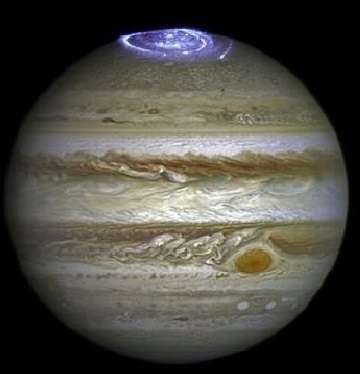
Fig. 2.4.1 Air currents orbiting Jupiter and auroras at the North Pole
Origin of this CG::28257_jovian_aurora.jpg (640×640) (astroarts.co.jp)
2.4.2 Formation of Jupiter's magnetics
As shown in Fig. 2.4.2, there are charged particles in a thick liquid
metallic state inside the star. It has been thought that Jupiter's geomagnetic
field is generated by the motion of the group of charged particles. If
the geomagnetism of the Earth is mainly generated by the motion of charged
particles in the upper sky, the direction of the Earth's geomagnetic field
is opposite to that of Jupiter. Therefore, Jupiter's geomagnetic field
is explained by the charged particles on move inside of the Jupiter as
shown in Fig. 2.4.3.
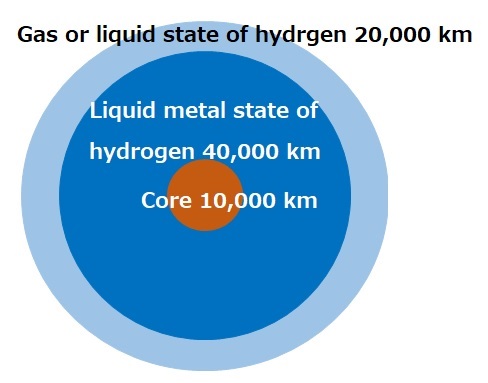
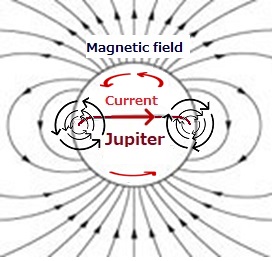
Fig. 2.4.2 Internal structure of Jupiter Fig. 2.4.3 Geomagnetic of Jupiter
2.4.3 Plasma torus of Io's of Jupiter
The northern lights of Jupiter, shown in Fig. 2.4.1, have bright spots
corresponding to the Galilean moons. The bright spots of the auroras are
located at high to low latitudes, corresponding to the distant order of
Io, Europa, and Ganymede. The atmosphere of Jupiter's Galilean moons is
rarefied. All Galilean satellites have the same revolution and rotation
periods, and their own rotation is slow, so there is no geomagnetism.
Fig. 2.4.5 shows how the rotation of the Io-plasma torus through the rotation
of the magnetosphere due to Jupiter's rotation provides a high-speed tailwind
for ionization of Io's atmosphere and the generation of plasma flow. Jupiter's
geomagnetic field rotates in the same period as Jupiter's rotation in 10
hour(0.4135 days). Io orbits Jupiter in a radius of 4.217x105 km iat period of 1.77 days. Therefore, the kinetic energy of the collision
betwee charged particle H+ and ions are shown in Table 2.4.1. The magnitude of the kinetic energy
of this H+ is sufficient to ionize paticles
Table 2.4.1 Physical power of collision by H +’s those are magnetic coupling with rotating Jupiter
| Orbital radius | Orbital period | Orbital speed | Difference of speed | Energy of Collision | |
| Revolution of Io | 4.217x105 km | 1.77days | 17.3 km/sec | ||
| Jupiter's geomagnetic | Location of Io | 0.4135days | 74.1 km/sec | 56.8 km/sec | 16.8eV |
Tsuchiya, et al., using the Hisaki, space telescope for planetary observation, showed that the extreme ultraviolet emission of sulfide ions in Io's plasma torus becomes stronger downstream of Io as shown as shown in Fig. 2.4.4.
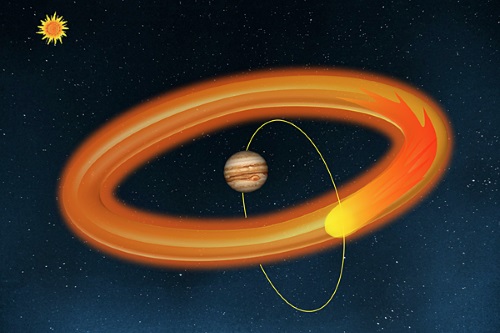
Fig.2.4.4 Io's plasma torus [1]
[1]:[Journal of Geophysical Research Space Physics: Local electron heating
in the Io plasma torus associated with Io from HISAKI satellite observation
https://doi.org/10.1002/2015JA021420 ]https://www.astroarts.co.jp/article/assets/2016/05/4302_illustration.jpg
2.4.4 Jupiter's geomagnetism sweeps Galilean satellites to produce plasma
Jupiter's outer charged particle swarm chained by magnetic coupling with the charged particle group inside Jupiter, which rotates at high speed, sputters the Galilean moons and generates ions. The ion groups are distributed in a doughnut shape, as shown in Fig. 2.4.5.
Since the speed of the orbiting ions slows down in the regions of the North and South Poles, they fall to Jupiter by gravity and generate aurora.
Therefore, auroras change slowly because ions fall due to gravity. (last modified April 21, 2023)
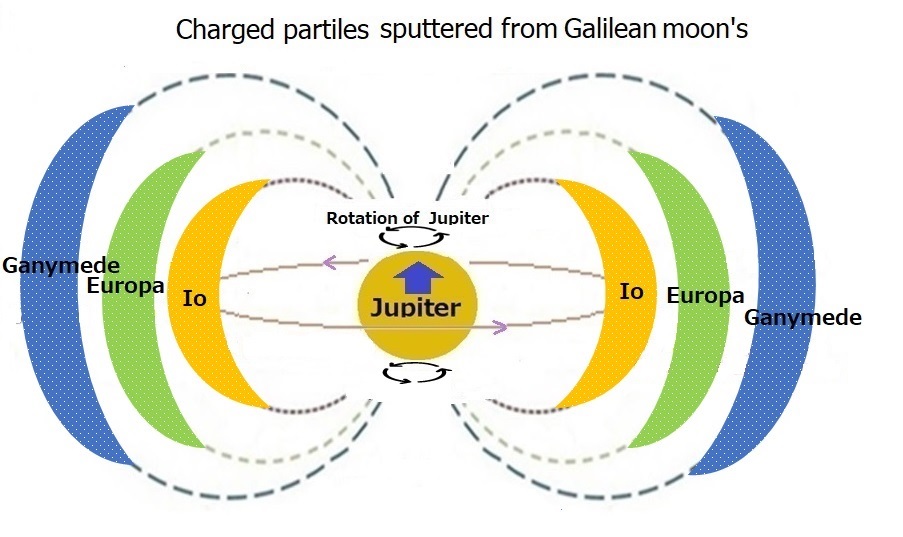
Fig. 2.4.5 Doughnut-shaped charged particles associated with Jupiter's Galilean moons
Index -2.4-